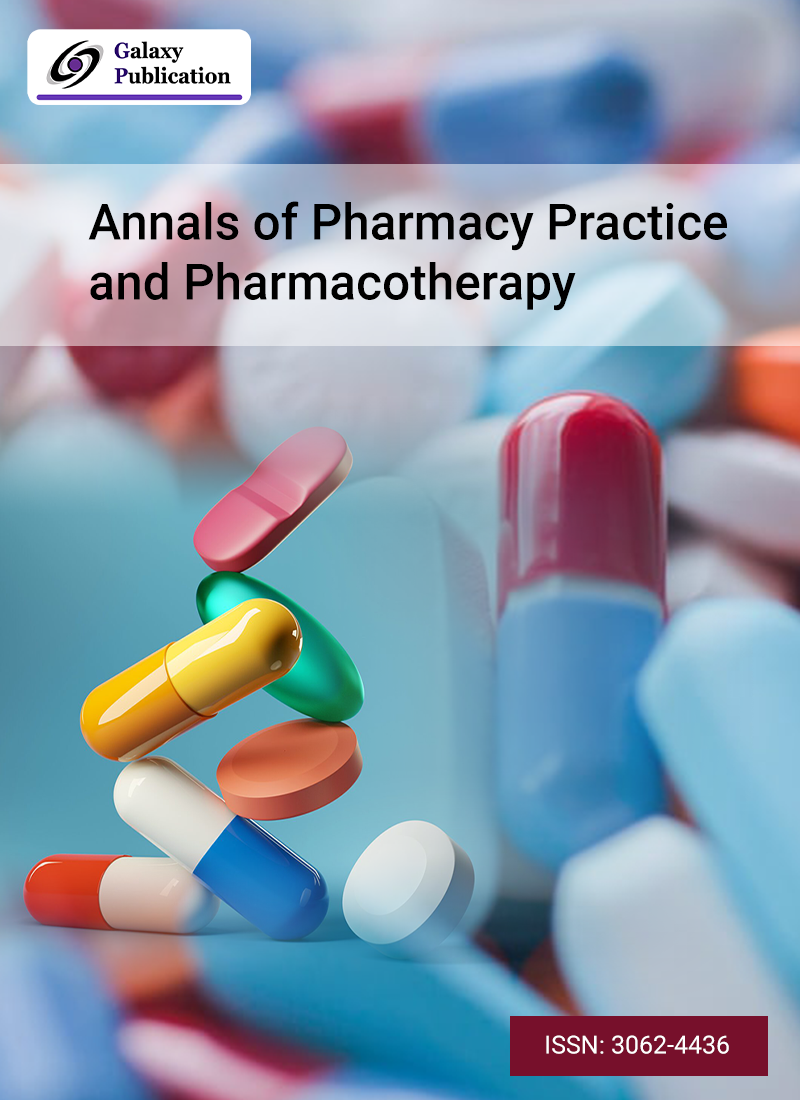
The purpose of the present investigation was to assess the pattern of distributing antibiotics without an order at a Baghdad community pharmacy, as well as to better comprehend the variables that influence antibiotic dispensing without authorization. A cross-sectional survey of community pharmacists was conducted to explain antibiotic distribution practices in community pharmacies. To collect the requisite sample, the convenience sampling approach was used at a Baghdad community pharmacy. The participants’ data were collected using a self-administered questionnaire. Most community pharmacists (94.2%) provided antibiotics without authorization at their community pharmacy. The majority of them (59.6%) stated that the most often prescribed nonprescription antibiotics were oral ones. In addition, 23.6% of respondents said they provide parenteral antibiotics without a prescription. Antibiotics prescribed without a prescription were most commonly for earaches (70.3%), sore throats (70.9%), and UTIs (94.2%). Amoxicillin (96.9%), amoxicillin/clavulanate (88.2%), cephalexin (70.6%), ceftriaxone (61.2%), cefixime (67.7%), ciprofloxacin (87.4%), azithromycin (94.2%), and metronidazole (85.6%) were the most common prescription antibiotics that were given out without a prescription. According to this study, community pharmacists frequently gave away antibiotics in community pharmacies without a prescription. Therefore, strict regulations are needed to regulate the sale of antibiotics at neighborhood pharmacies.